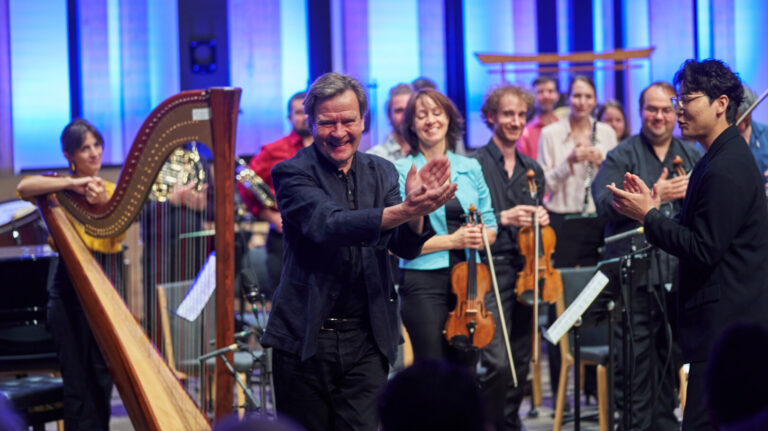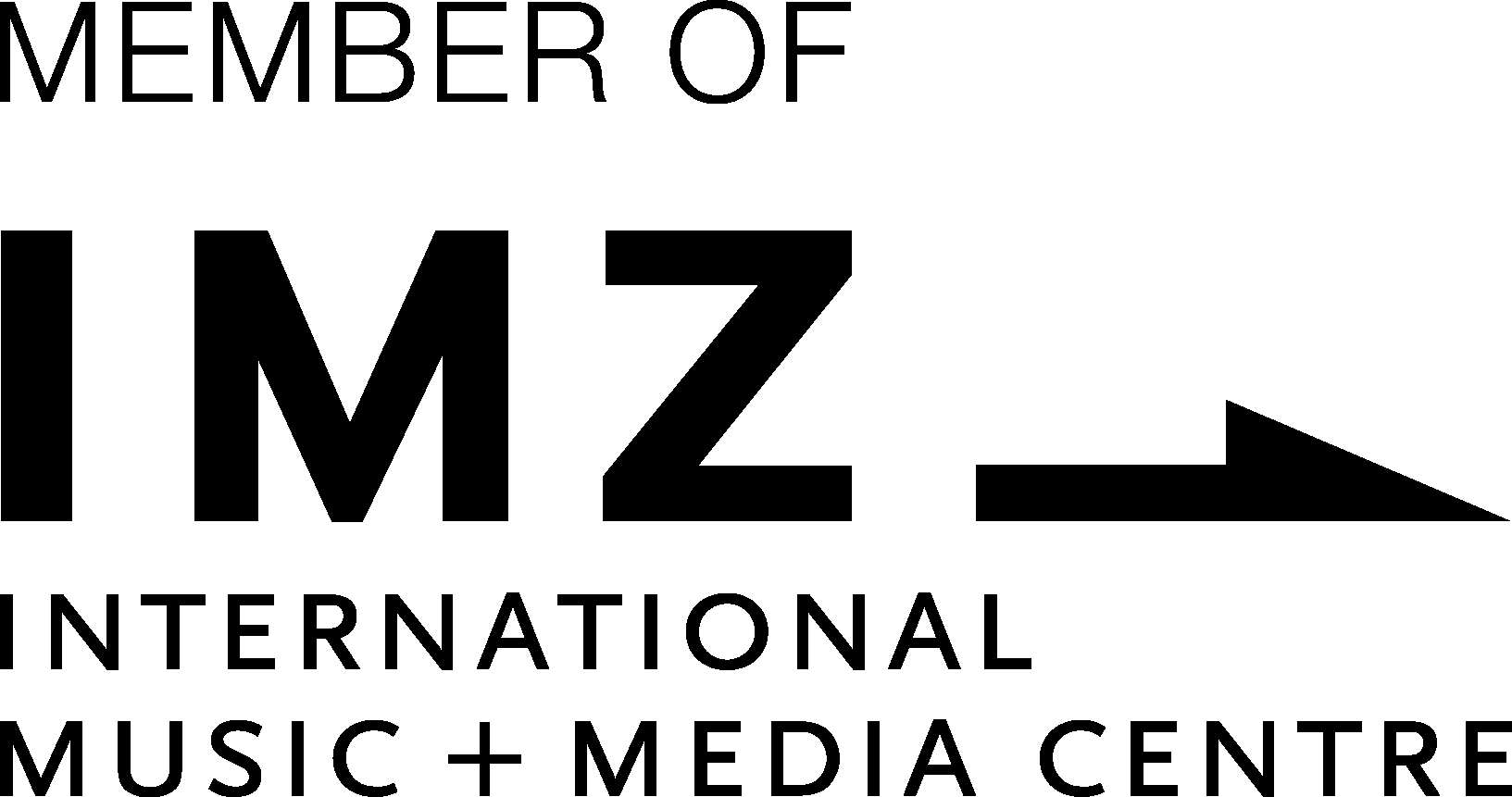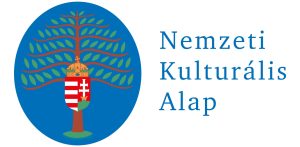Ah, the Budapest Music Center! For composers, conductors, musicians, and listeners who love hearing the latest new scores, it’s Valhalla.
BMC is the current domicile for Hungary’s legendary composer, 96-year-old György Kurtág. It’s the home of Péter Eötvös’ Contemporary Music Foundation, which offers several immersive programs for composition and conducting. It’s the performance venue of choice for many local and international ensembles devoted to contemporary music. It has a state-of-the-art recording studio and produces its own label of recordings. It has a music library of scores and historical recordings. It has a jazz café – Opus Jazz – that hosts international and local jazz artists.
It’s the only venue in Budapest that hosts, every year, a whole day (‘Hallgatás Napja’) of listening to modern scores. Through the Eötvös Foundation’s “mustMEET composers,” it invites prestigious international composers to present workshops, seminars, public interviews, and supervise performances of their works.
It’s where I go to meet my spirit tribe.
Ensemble Ars Nova and the Eötvös Foundation’s Mentoring Program: the perfect collaboration
The esteemed Ensemble Ars Nova from France made their Hungarian debut at BMC on 26 June. They were also part of the “Spotlight on Magnus Lindberg” workshop rehearsals from 20-26 June. The grand finale concert, which functioned as a performance platform for young conductors and composers selected for this year’s edition of the Eötvös Foundation’s Mentoring Program, featured music by Balázs Kecskés D., Jongsung Oh, Paul Hindemith, Francisco Dominguez, and Lindberg.
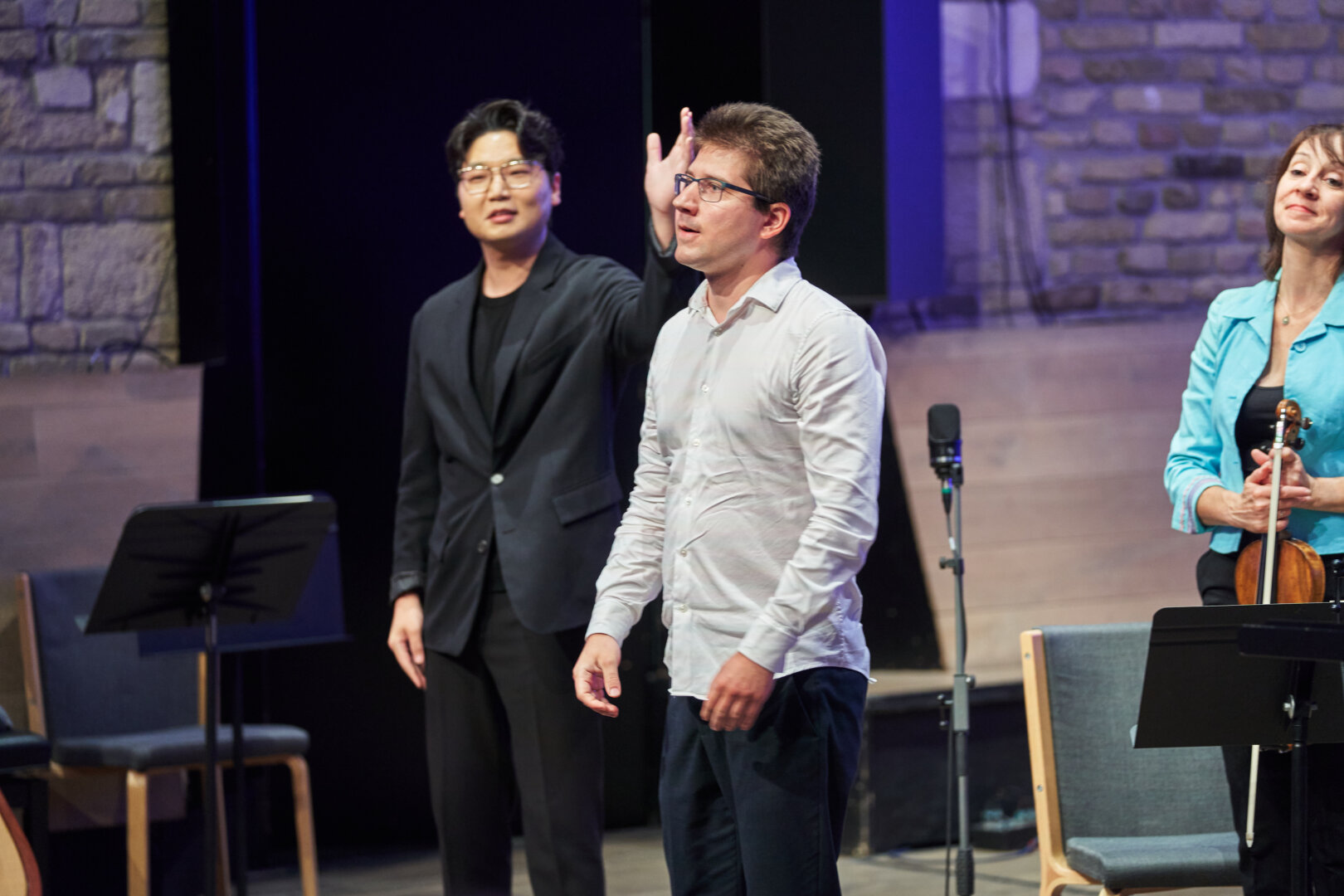
Maestro Eötvös’ conducting students (Jaehyuck Choi, Maurice Cohn, Constanca Simas, Ka Hou Fan, Sung Hyo Lee, Benjamin Voca, and Rosina Flückiger) shared podium assignments for the scores. From all over the world, young conductors gather at BMC every year for the Mentoring Program at the Foundation, where they earn a special certificate to commemorate their training with Eötvös and his training partner conductor/composer Gergely Vajda – all valuable ingredients in launching careers in a such a competitive profession.
All of the newly-written scores presented, excepting the Hungarian debut of Lindberg’s “Jubilees” (composed for Pierre Boulez’ 75th birthday in 2000), were commissioned specifically for this year’s workshops. A tremendously wide swath of musical ideas filled the concert hall with each composer’s sonic spectrum – some based on philosophical texts and poetry of the past, others inspired by composers of yore. The presence of Hindemith’s music had two purposes: to celebrate the 100th anniversary of the first of his seven-part suite called “Kammermusik” and to give two young conductors their debut with this masterwork. The four sections of this piece for 12 instruments ran the gamut: every conceivable musical style — from serious atonality to tongue-in-cheek jazz, military marches, and from Weill-esque sonorities to a dizzying fast solo piano passage — were included. Lindberg’s four-piece suite in many ways followed Hindemith’s example of using wide-ranging languages and colors, but the former exhibits a prominent element of strong chordal structures throughout.
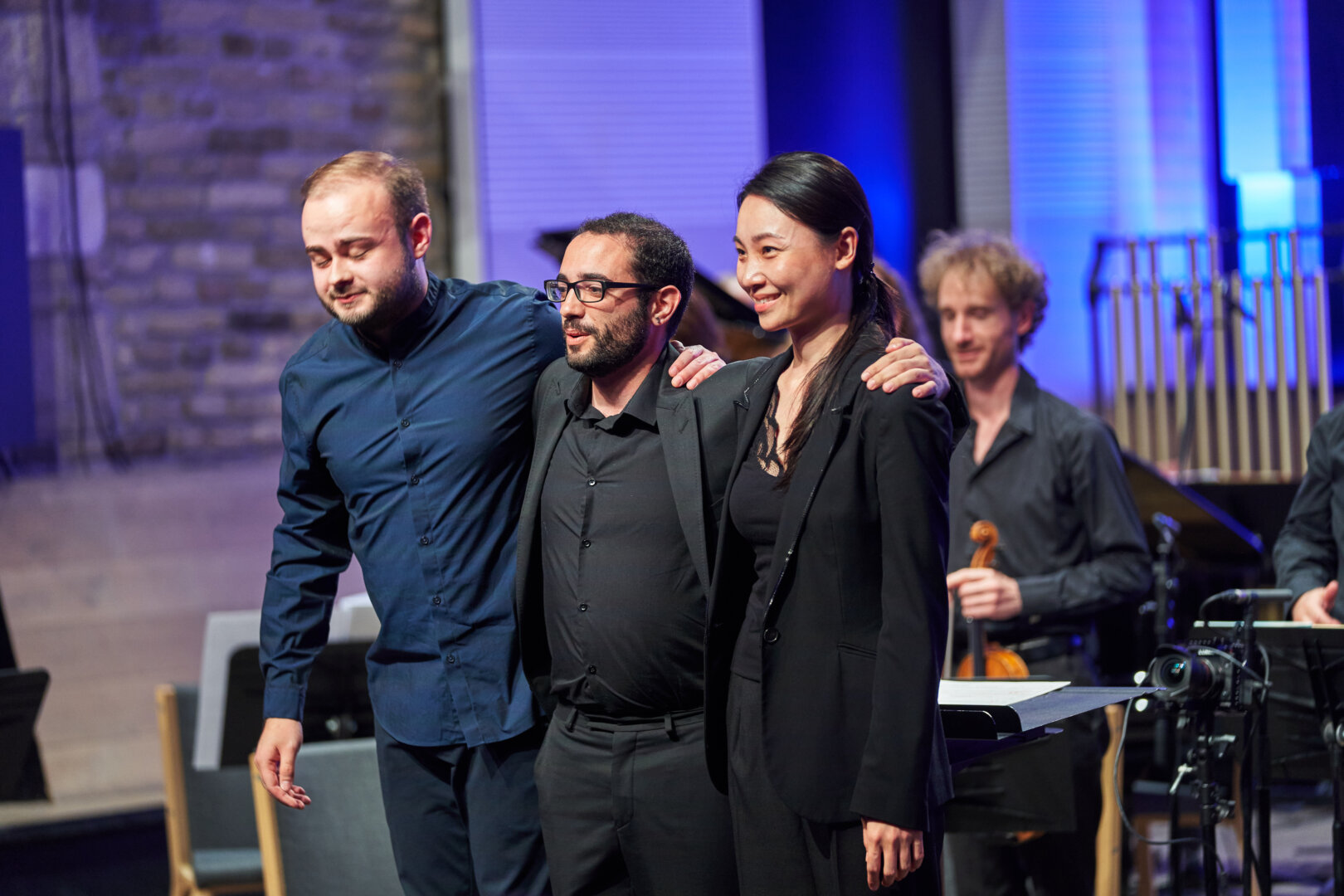
Eötvös, at the after-party, praised the excellent Ars Nova, whose expertise and commitment were consistently extraordinary. “This course is so special for me,” he said, “We make such huge progress in only 5 days!” He proceeded to demonstrate physically how a conductor’s hand position changes from the beginning of training to the end, whereupon the hands have learned a completely new system of silent communication for the podium.
“Also, our young composers are obliged to write something for them to conduct,” Eötvös explained. “Everybody gets a certificate, too.” Portuguese composer Lara Evi Poe showed me her certificate of participation in the composition master course. “Even though sometimes we might get harsh critical comments, it always turns out to be constructive, because the next day everything works better,” she said. “Imagine if everything is great – there are no problems – then I wouldn’t learn anything!” Her recognition of Eötvös’ egalitarian teaching style was also uppermost in her mind: “His appreciation for all of us is very respectful, unlike other classes I’ve been in.”
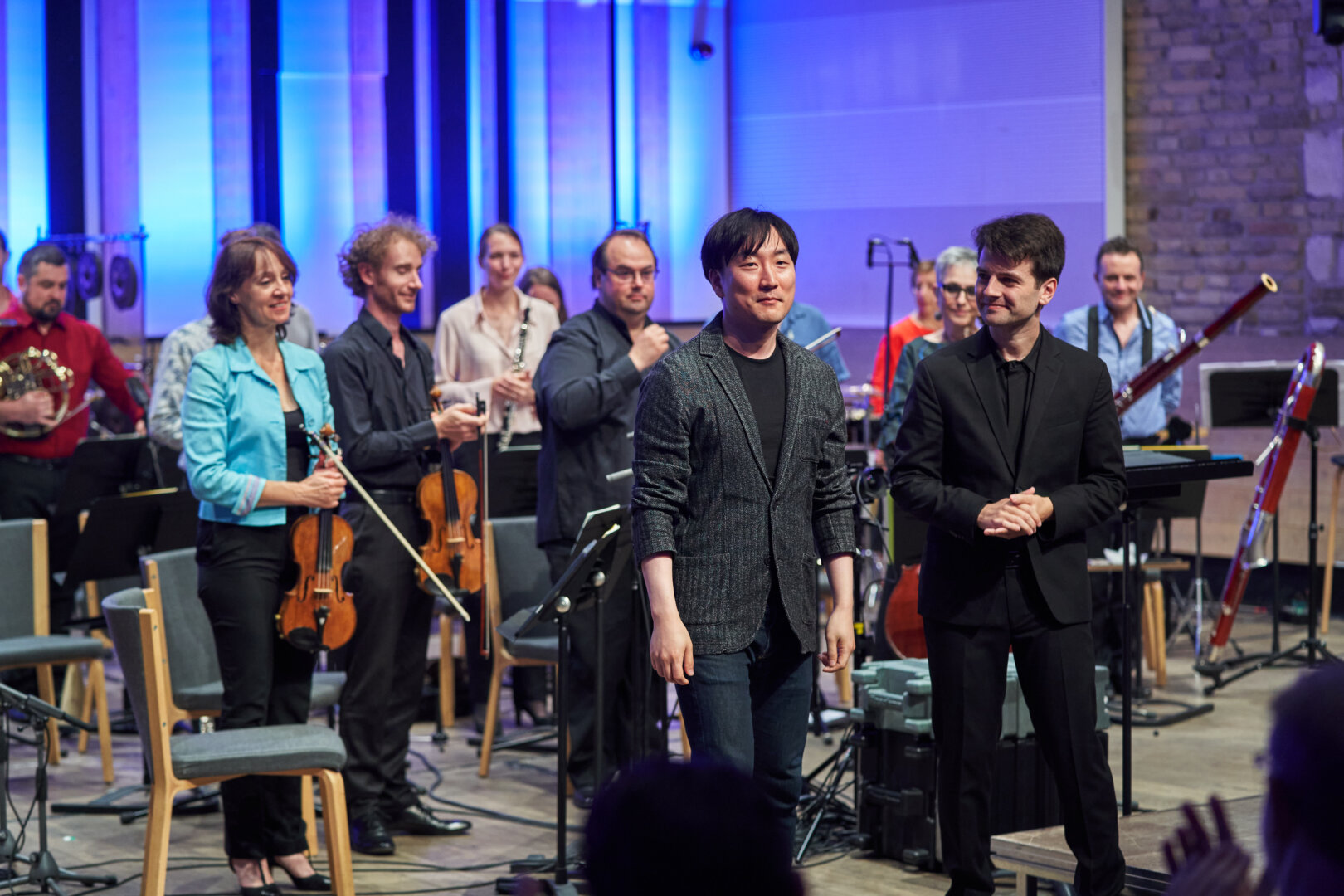
A background facet in the scenario was FinnAgora, the Finnish cultural institute in Budapest’s Finnish Embassy, who supported composer Lindberg’s presence for the week of training as well as a public interview in the BMC Library. Since Lindberg’s 64th birthday was the next day, the celebration took on a new level of merriment. A musician from Ars Nova raised his glass of champagne and said: “This week we were a hard-working machine. Tonight, we danced with the conductors!”
Karika, a Hungarian/Serbian collaboration
The connective link between the Eötvös empire at BMC and Karika, a new ensemble formed recently by Serbian and Hungarian composers and performers, is composer/conductor Gergely Vajda. Karika (meaning intersecting circles) is a contemporary music initiative intended to keep the ingenuity flowing back and forth across the border, and Vajda has a proprietary role.
The group made its debut in Belgrade on 17 June, and its Budapest debut on 24 June in one of the most stunning hidden venues in Budapest: the ornate Art Nouveau gem, Tökölyanum/Tekelijanum (of Serbian ownership), near Ferenciek tere. The ensemble’s incarnation for this occasion was two guitarists (Marija Rasic and Máté Tokárszky), clarinetist Rastko Uzunovic, singer Anna Molnár, and guest accordionist Sándor Keresztes. Of the six compositions performed, two were specially commissioned for Karika’s debut: Péter Tornyai’s “Three Strophic Songs from James Joyce,” and Vajda’s “Medáliák” (Medals). The other four pieces mixed-and-matched the instruments and voice, and were composed by Branka Popovic, Jug Marcovic, Virág Anna Virág and Damjan Jovicin.
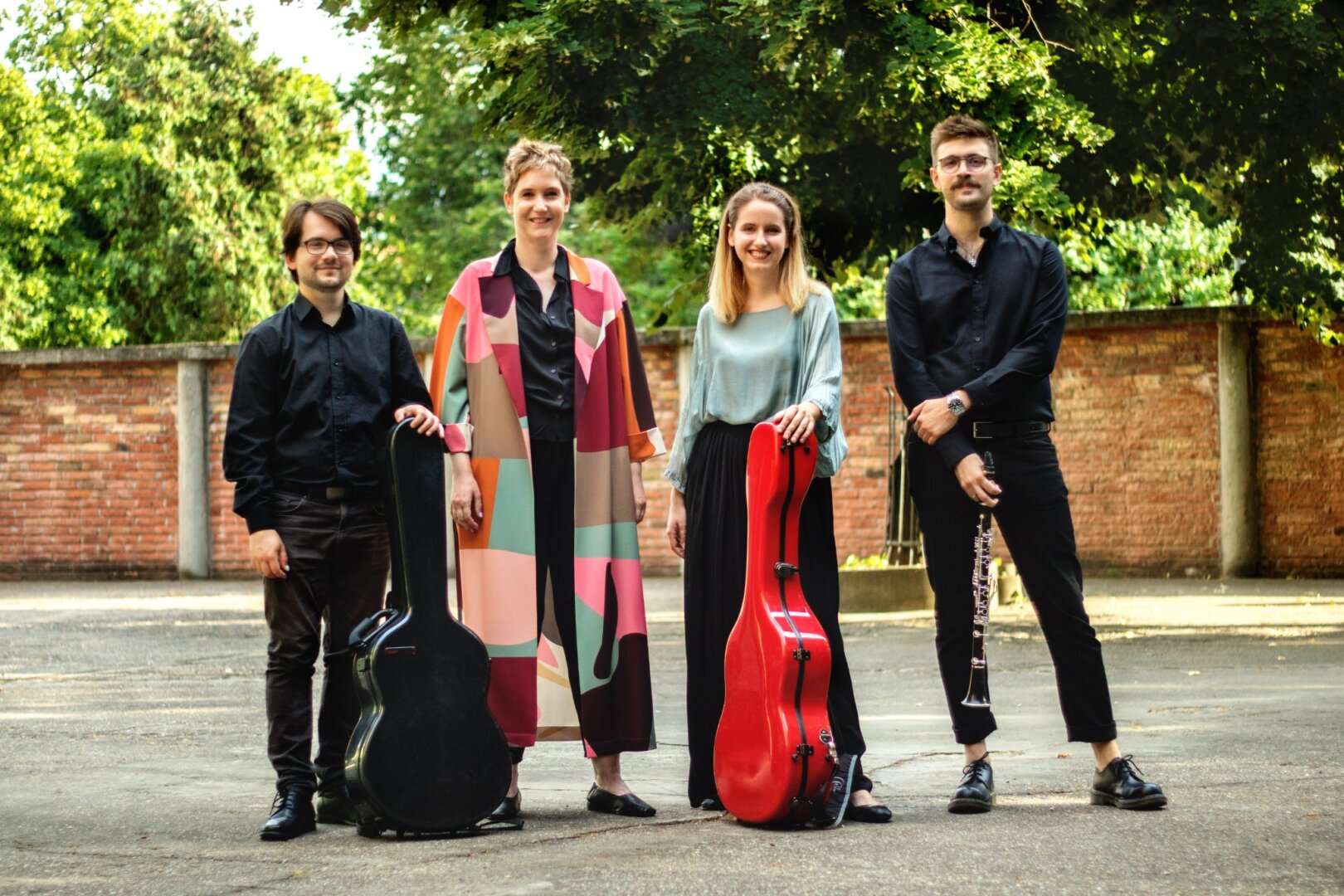
Using such spare musical resources gave listeners an intimacy that allowed us insight to each composer’s use of purposefully minimized textures. Virág’s self-described “shape-shifting” in ‘amikor nem csak imitálják’ created by the two guitars playing out of phase with each other, for example, gave us a free-floating atmosphere that swelled and contracted with continuous dynamic energy. In ‘a sam sad cutanje,’ Jovicin gave himself the challenge of further brevity by taking three texts from the Psalms of David and Ezra Pound to explore concise writing with maximum impact using only one guitar, voice, and clarinet. Popovic’s somewhat random yet forlorn instrumental soundscape in ‘Number 5’ bore a kinship to Markovic’s ‘Altató’s ghostly floating vocalise for Molnár to soar wordlessly above a spooky guitar’s scordatura drone.
Tornyai’s artfully conceived triptych, in absolute concordance with Joyce’s surreal texts, achieved sublime levels of sensuality and sweetness. By virtue of quarter-tone tuning for the two guitars and special recipe ingredients for the clarinetist, Tornyai truly did musical poetic justice to the words, spun out with equal lushness and love by Molnár.
“I was an elephant,” began the sung text of Vajda’s scoring of the vividly descriptive words of the poet József Attila. The vocalism is equally as rangy, in every sense of the word. The 12 short songs, in segue format, tell a quirky story; and Vajda’s delicious musical atmosphere exquisitely mirrors all of the humor, color, and nature’s edgy fate that Attila describes in stark terms. Molnárs execution of this music was a superb example of what I think contemporary music singers should emulate. She and Vajda are a mini-Valhalla in themselves.

